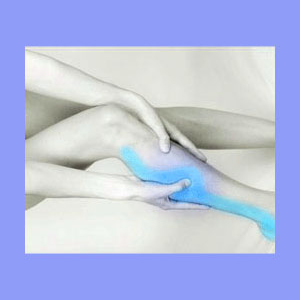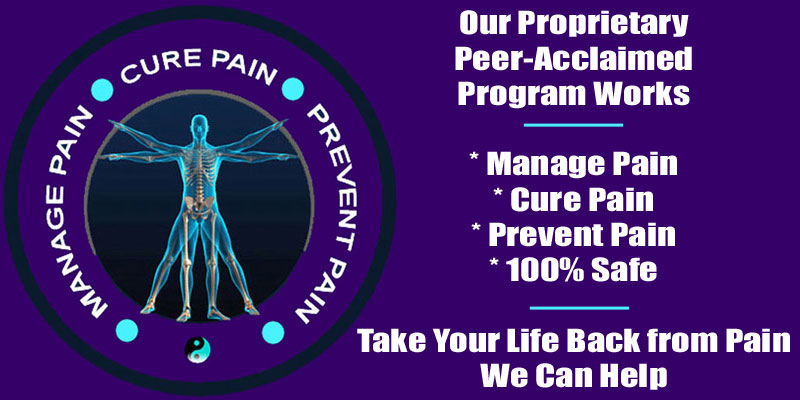
Sciatica in bed is a very common patient complaint. Many people can work, exercise and go about life even with their sciatica, but are stricken with very powerful symptoms when they retire to bed each night. Why does this occur?
What is the relevance of sciatica when a person is trying to rest or sleep? What can you do to relieve symptoms in order to get that much needed rest? Is night-time sciatica different than symptoms that escalate when you are active? These are all important questions to consider.
This post is one in a series that helps shed light on sciatica occurring when resting in bed. We will cover some aspects of bed-ridden sciatica expressions that have not bee covered in our previous posts on nighttime sciatica, sciatica when sleeping and beds for sciatica.
Why Do I Have Sciatica in Bed?
Many sciatica patients complain of symptoms during or immediately following activity, such as standing, walking, working or exercising. However, a very large number of patients also complain of pain that occurs when they go to bed, either in addition to the above trigger circumstances or as an exclusive time when symptoms occur.
Humans are naturally designed to find rest and relaxation when reclining. A nice soft bed should facilitate a state of homeostasis and comfort allowing us to sleep. However, sciatic is famous for disrupting this natural process of rest and recovery. Why does this occur?
Sciatica and pseudo-sciatica can be caused by many different factors.
We cover this topic thoroughly and exhaustively in our dedicated section on the causes of sciatica.
Some physical, structural issues can be exacerbated by lying down, especially in certain positions. Other causes of sciatica might be exacerbated by seemingly unrelated circumstances, like eating dinner late and eating food that may worsen existing health issues, like obesity or diabetes.
Most commonly, mindbody variants of sciatica are the types most likely to act up when you are trying to rest. Remember that as sleep approaches, consciousness surrenders to unconsciousness. This is the place in the mind where all manner of sensitive issues reside. These issues are always trying to gain conscious recognition, but the subconscious must contain them and will do whatever it takes to accomplish this objective. Let’s explore this idea is greater detail…
Sciatica When Lying in Bed
Pain is the optimal way for the mind to focus consciousness on the body. Nothing completely occupies the conscious resources like physical suffering! As the mind drifts towards sleep and the subconscious strengthens each night, the array of fears, anger, hurt, jealously, and all manner of negative emotions tend to rise towards conscious recognition. Things that we bury deep inside through repression and suppression become dangerously close to the conscious surface. It is during this “twilight” time of sleep when most patients report dramatic flare-ups of sciatica. This is a sure sign of mindbody causation.
The mind can create almost immediate pain from dramatic levels of ischemia. This oxygen deprivation process can enact pain, tingling, numbness, weakness, burning and spasms in all of the muscles involved in typical sciatica expressions. Horizontal positioning also helps facilitate quick ischemia of tissues in the lower body.
We explore the concept of psychogenic sciatica in our dedicated section on the subject.
First Aid for Sciatica in Bed
Here are some tips that can help to prevent sciatica in bed, as well as treat symptoms which do flare-up when you lie down to rest at night:
Prevention:
Do not eat late at night. Digestive activity is counterproductive for rest and if you are obese or diabetic, this problem worsens considerably.
Stay in touch with your psychoemotional state. Never suppress. Try not to allow your subconscious to repress. Follow a program of mindbody health, as outlined in our proven and proprietary pain program.
Try stretching lightly before bed.
Do not take worries and fears to bed with you. Know that anything on your mind will still be there in the morning. Try not to turn off the light and begin to process sensitive emotions as you near sleep. This is particularly dangerous as a harbinger of pain.
Treatment:
If pain strikes while in bed, you can try to adjust your position. Try our recommendations fo the best sciatica sleep position.
If you can not find relief by changing position, you might consider getting up from bed and clearing your mind for a while before returning to bed. We provide lots of practices in our Cure Back Pain Program which are proven to work wonders.
If the pain is severe, you might consider applying heat or ice, as is best for your preferences. Try to avoid oral route drugs late at night, since static positioning and no food in your stomach tends to worsen their already dire side effects.
Self-massage might work. If anything, it might help to increase blood flow and therefore oxygen to the region, most likely benefiting the probable underlying ischemia cause to some degree.





